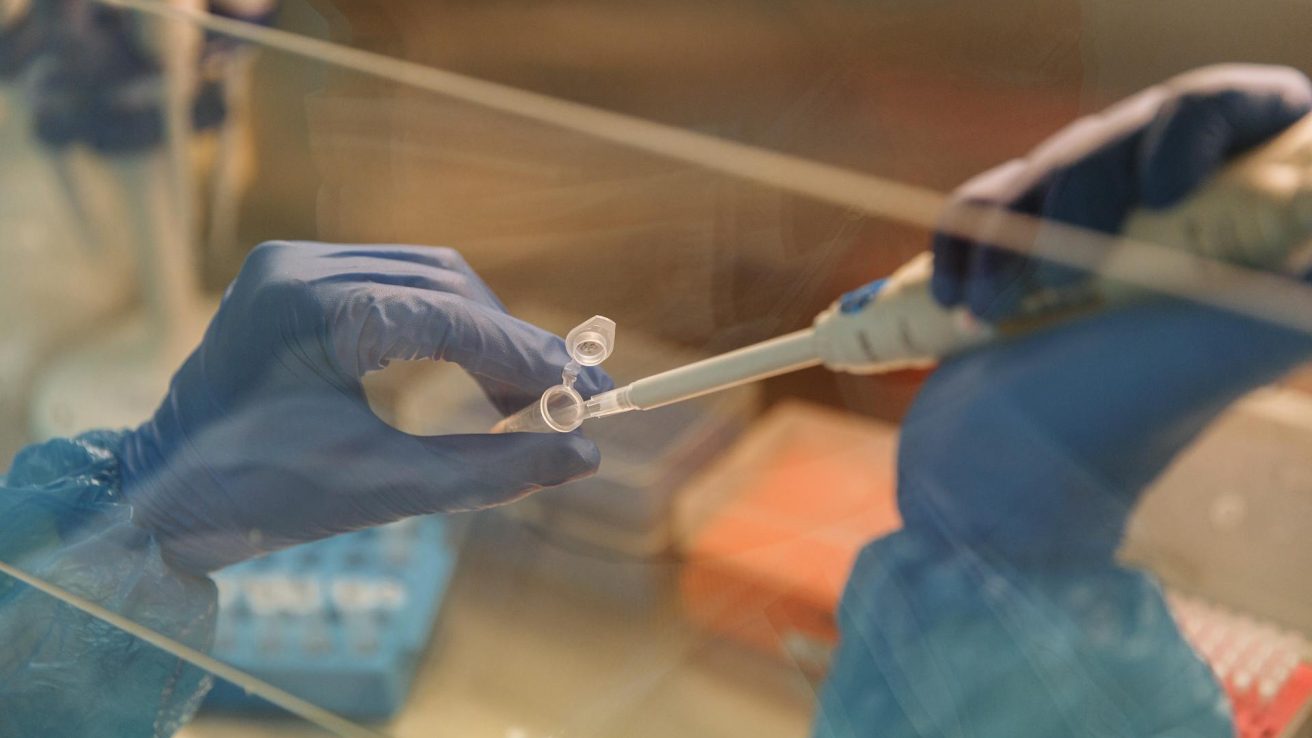A retrospective cohort study finds that multimodal radiomics and pathomics based on deep learning algorithms are useful tools for predicting the risk of bone metastases in patients diagnosed with primary prostate cancer.
Bone metastasis is a common consequence of disease progression in primary prostate cancer patients and plays an important role in the morbidity and mortality outcomes in patients diagnosed with advanced prostate cancer. However, the clinical identification of bone metastasis is challenging.
In the current study, the authors aimed to integrate deep learning algorithm-based proteomics and radiomics into a model for prediction of bone metastasis in participants with primary prostate cancer. The details of the prediction model and the feasibility of early diagnosis are published in the Journal of Cancer Research and Clinical Oncology.
Baseline Characteristics
A total of 211 patients were included in this study, with 106 and 105 patients classified into the bone metastases and non-bone metastases groups, respectively. The training and validation groups included 169 and 42 patients, respectively. The median age of training group participants was 73 (66–78) years and that of validation group participants was 74 (67–78.25) years. There were no significant differences in the bone metastases incidence between validation and training groups. Both groups were comparable in terms of baseline characteristics.
Selection of Radiomics and Pathomics Features
A total of 2,553 radiomics and 2,048 pathomics features were extracted from the imaging and histopathologic samples, respectively. Based on the LASSO model, 13 pathomics, 44 radiomics, and 23 deep transfer learning (DTL) features with non-zero coefficients were identified. These features were closely related to bone metastases, forming the basis of the prediction models.
Radiomics and Pathomics Model Validation
The support vector machine (SVM) model was considered the best prediction model for radiomics features, with an area under the curve (AUC) value of 0.86 (0.735–0.979). The logistic regression (LR) model utilizing DTL was found to have the best predictive performance, whereas the Naïve Bayes model had the highest predictive capability for pathomics features. The AUC for the LR model was 0.89 (0.799–0.989) and the AUC for the Naïve Bayes model was 0.85 (0.714–0.989). The most effective predictive model, which combined DTL features, radiomics features, and pathomics features using the SVM model, yielded an AUC value of 0.93 (0.854–1.000).
Clinical Use of Predictive Model
Compared to the clinical models, the radiomics and pathomics models had better diagnostic performance in predicting bone metastases in primary prostate cancer. The decision curve analysis demonstrated net clinical benefit for the model based on combined features and DTL features.
Source:
Zhang, Y. F., Zhou, C., Guo, S., Wang, C., Yang, J., Yang, Z. J., Wang, R., Zhang, X., & Zhou, F. H. (2024). Deep learning algorithm-based multimodal MRI radiomics and pathomics data improve prediction of bone metastases in primary prostate cancer. Journal of cancer research and clinical oncology, 150(2), 78. https://doi.org/10.1007/s00432-023-05574-5






